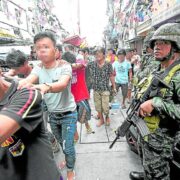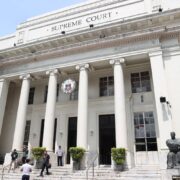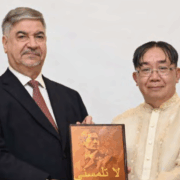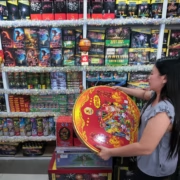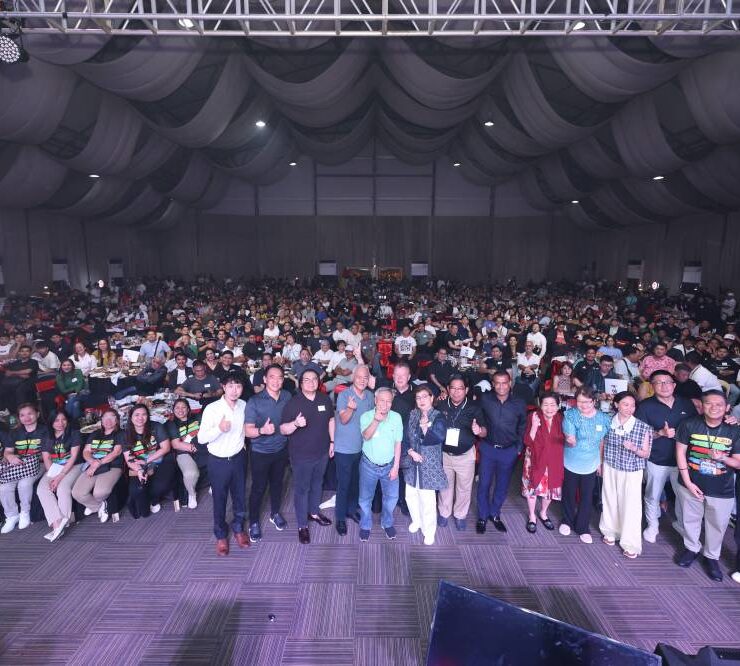Driving through the Cavitex heritage trail

As the metro’s southern doorstep and residence to many urbanites, Cavite seems to be an all-too familiar destination many jaded travelers often overlook.
It is for this reason that Metro Pacific Tollways South (MPT South) rolled off Biyaheng South, a tourism advocacy program which seeks to rediscover the province’s diverse attractions which are reachable via the Manila–Cavite Expressway (Cavitex) and the Cavite-Laguna Expressway
The trimestral heritage tour brings together social media followers of Biyaheng South, motoring media and vloggers to a full day of rediscovery of its checkered history, faith, culture and culinary scene. The recent edition, held in late June, zeroed in on Cavite’s historic spots as part of MPT-South’s post-Independence Day tribute.
This columnist wore a different hat, quite literally, and curated the itinerary and guided the participants garbed in 1896 Philippine Revolution rayadillo military uniform.
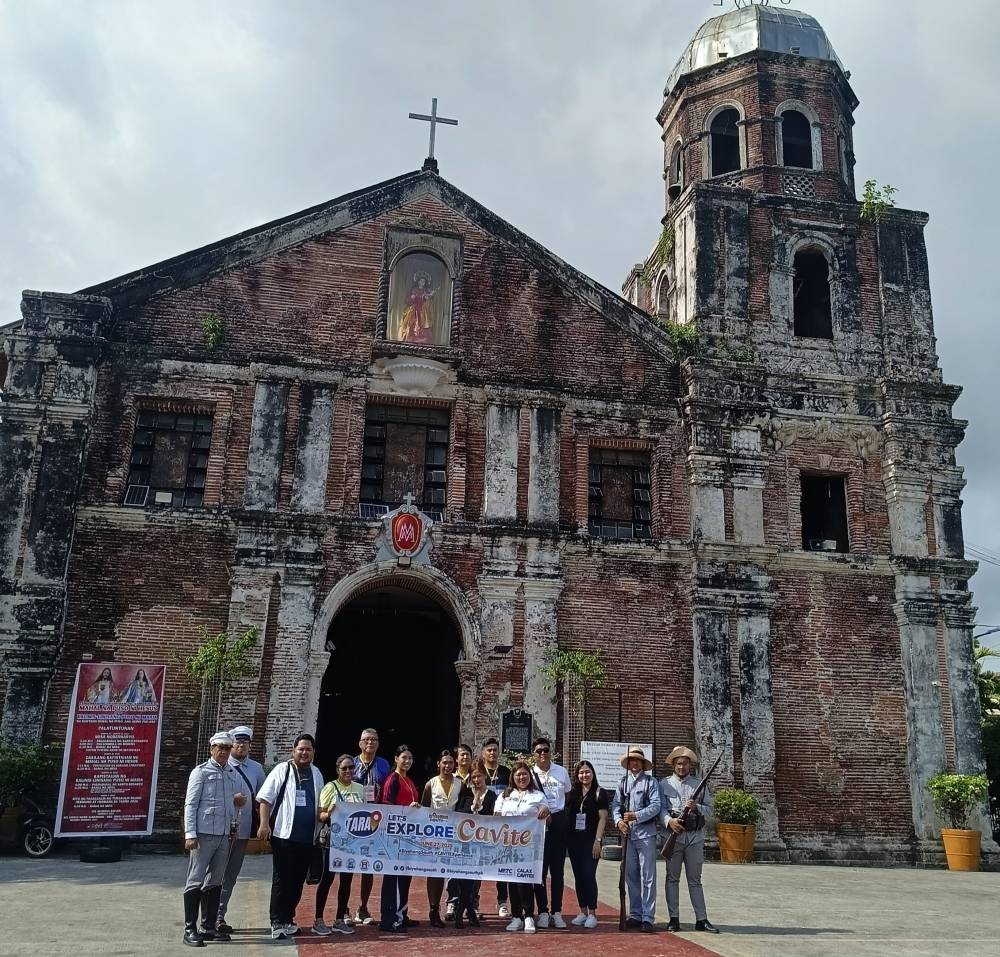
Pit Stop 1: Kawit. The endpoint of the Cavitex, it is home to the immensely-popular Emilio Aguinaldo Shrine where Philippine Independence was proclaimed. However, the itinerary skipped this spot in favor of the 18th-century St. Mary Magdalene Church, whose parish community dates back to 400 years ago. It figured in history as the baptismal place of Gen. Emilio Aguinaldo and eventually the church where Caviteño revolutionaries would hear Mass before battling the Spaniards.
St. Mary Magdalene was the patroness of the local council of the Katipunan movement, aptly named Magdalo.
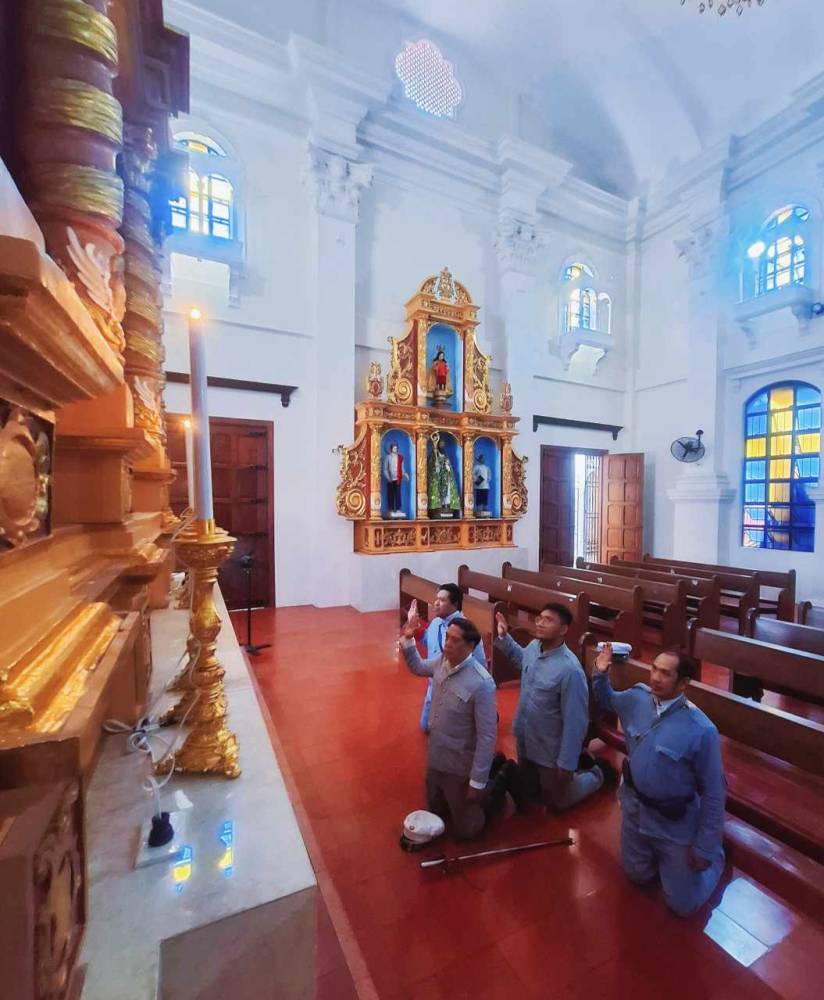
Pit Stop 2: Tanza. Cavite’s beach town and bustling urban hub, From there, the group swung by the Diocesan Shrine of Saint Augustine, one of the unheralded religious landmarks in the province.
Its claim to fame is the 200-year old image of Holy Cross where Aguinaldo and the cabinet of the Revolutionary Government took their oath of office in 1897. That obscure historical tidbit was recreated by the Republica Filipina Reenactment Group before the same Cross which is now placed at the main sanctuary.
The church’s convent museum features a compendium of ecclesiastical artifacts, vintage memorabilia, and traditional artworks which mirror Tanza’s deep religious heritage.
Pit Stop 3: General Trias. The group made a quick swing to the St. Francis of Assisi Church where the Banda San Francisco Malabon rehearsed the National Anthem on the eve of the declaration of independence in Kawit. The delegation was warmly welcomed by the parish priest, pastoral council, and the city tourism office, with souvenir bags to booth for everyone.
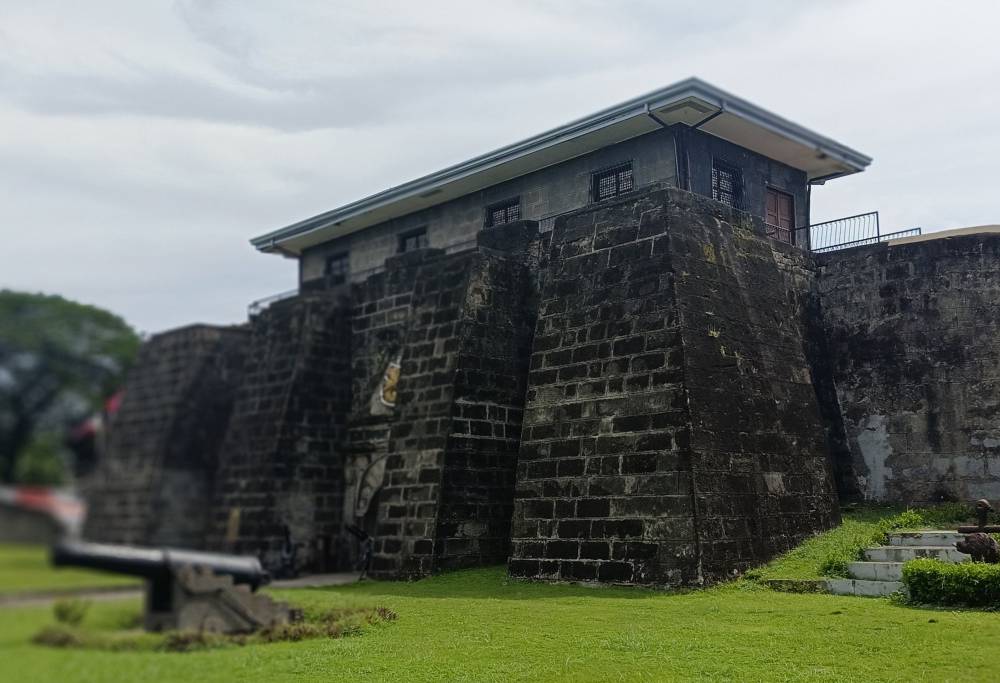
Pit Stop 4: Cavite City. This peninsular city by the Manila Bay was arguably the most pleasant surprise of the road trip for all the participants. Known then as Cavite Viejo or Cavite Puerto, it was the seat of colonial power and hub oif culture, bur was often overshadowed by the more popular neighboring towns.
The leg’s highlight is the reenactment of the first unfurling of the Philippine flag by Aguinaldo on May 28, 1898 at the Samonte Park, site of the former Teatro Caviteño after their victory at the Battle of Alapan in Imus, earlier in the day. For decades, a historical mixup attributed the unfurling of the flag in Alapan, right after beating the Spaniards.
The also tour swung to Fort San Felipe, the bastion of colonial rule in the province, which has been a mute witness to countless monumental events over the centuries. Located at the core of the Naval Base Cavite, this fortification is the site of the 1872 Cavite Mutiny where martyred priests Gomez, Burgos and Zamora (Gomburza) were implicated and cited as the cause of their execution at the Luneta.
It was also the prison and execution site of the famed Trece Martires (13 Martyrs) in September 1896 for their alleged involvement in the Philippine Revolution.
The well-preserved fort also has a remarkable museum chronicling the growth of the Philippine Navy since its founding as a ragtag troop transport ship for Filipino freedom fighters in 1898.
The last stopover was the Cavite City Hall which underwent a facelift to has become a public recreational hub with new features such as a viewdeck, amphitheater, snack bar, multipurpose pavilion, and a jetty for chartered trips to Corregidor Island.
The government center lies at the historic waters where the Spanish trading galleons from Mexico docked, and where the 1898 Battle of Manila Bay took place.
The trimestral caravan will visit other towns and hidden spots under a different theme, to unlock under-the-radar destinations for the public to include in their bucket lists.
As for Metro Pacific Tollways, Biyaheng South is more than a joy ride, but a journey of rediscovery where the expressways are memory lanes to a checkered past, and every mile isn’t just travel, but a tribute to a bygone noble generation.




